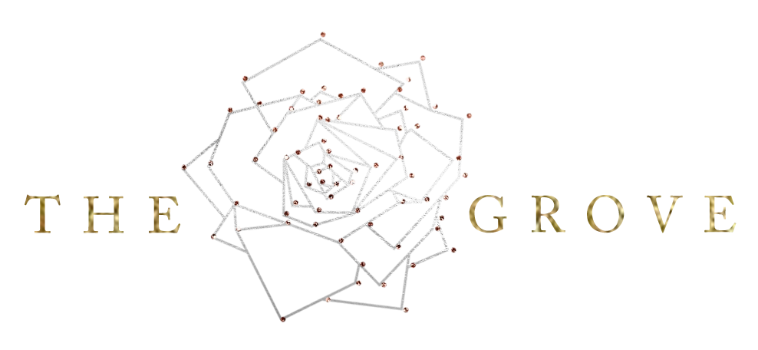Leverage Each Photoshoot with Photo Licensing
Sunday, August 07, 2022 | By: The Grove
Let me tell you a story…
A couple of years ago, I had a photoshoot with an interior designer. The project was stunning! I was only covering about half the spaces, but loved every bit of it. The shoot went well, we got some amazing photos, and we were both happy. I made a total of about $1,300 for that shoot.
I had heard of photographers who sold photos to big brands, often manufacturers of appliances, tiles, or flooring. This is referred to as third-party licensing. It seemed like a far-off possibility for my work, but I really wanted to give it a go! I found a webinar that laid out the basics of how this works and how to get started for myself. I watched it, soaked in all the info I could, and vowed to try it myself.
Fast forward a month and we found ourselves in a pandemic! This was not supposed to be what my 2020 looked like. Suddenly, I was looking for what I could do to find more revenue streams. I decided to revisit that beautiful shoot from January and finally pitch my photos to a few companies. When all was said and done, I brought in an additional $2,500 for this shoot!
Why does this matter?
I tell you this story because I’m all about diversifying income streams (multiple income streams = added financial security!), and so when I realized that I had been leaving so much money on the table from each shoot… well, my mind was blown. Third party licensing is now a regular part of my business and allows for additional revenue while helping people to properly license photos for their own use. The best part is that the companies who license photos from photographers are extremely happy to do so. After all, I’m doing them the favor of bringing finished marketing photos to them without the hassle of setting up a shoot themselves! So I love that I’m actually serving these companies’ needs while bringing in additional income.
Another reason this story is important is because it brings up the topic of licensing and copyright. Trust me, if you haven’t had to have conversations with clients about their usage rights or accidental copyright infringement, then you’re lucky! With photos being so easy to copy and share digitally, the limits of photo licensing are constantly getting blurred. It’s really not a matter of IF your copyright will ever be infringed upon. It’s a matter of WHEN will your copyright be infringed upon. So knowing the ins and outs of usage, being vocal about the boundaries that you set for your work, and inviting or initiating this conversation with your clients becomes really crucial.
Get started
If you want to get started with licensing to third parties after a shoot, there are some basic steps to start taking.
- Track photos and their licensees well. Make sure that you have a solid system of how you store photos and track who has permissions to use them. Sometimes it's a document that gets updated and is stored in the same folder as the photos. Other times it's a spreadsheet.
- Research. You'll need to do a bit of work to find who is working on a project or what brands of products are being used. Instagram is a good starting point, with many clients tagging project collaborators and brands on their posts.
- More research. Seek out the contact info for the correct person. For a small local business, you'll most likely reach out to the owner. For larger companies you'll want to seek out someone in the marketing department. Google, LinkedIn, and email search services are all great resources for this.
- Reach out. Keep the email simple and direct. Offer a way to see the images - whether embedded or via a link. Give simple, clear licensing rates. Make it easy for them to say yes.
Learn more for yourself
Third-party licensing is a big topic, and it’s one that gets revisited on The Grove's site and in our Facebook group often. If you want to learn more about how to find and reach out to different companies that may need photos like yours, we cover it in our Business of Interior Photography Masterclass. Licensing is just part of one of the four modules in the course (yep, it's a big course!), and I break down some rates, scripts, and resources for finding contact info.
xo,
Natalia





